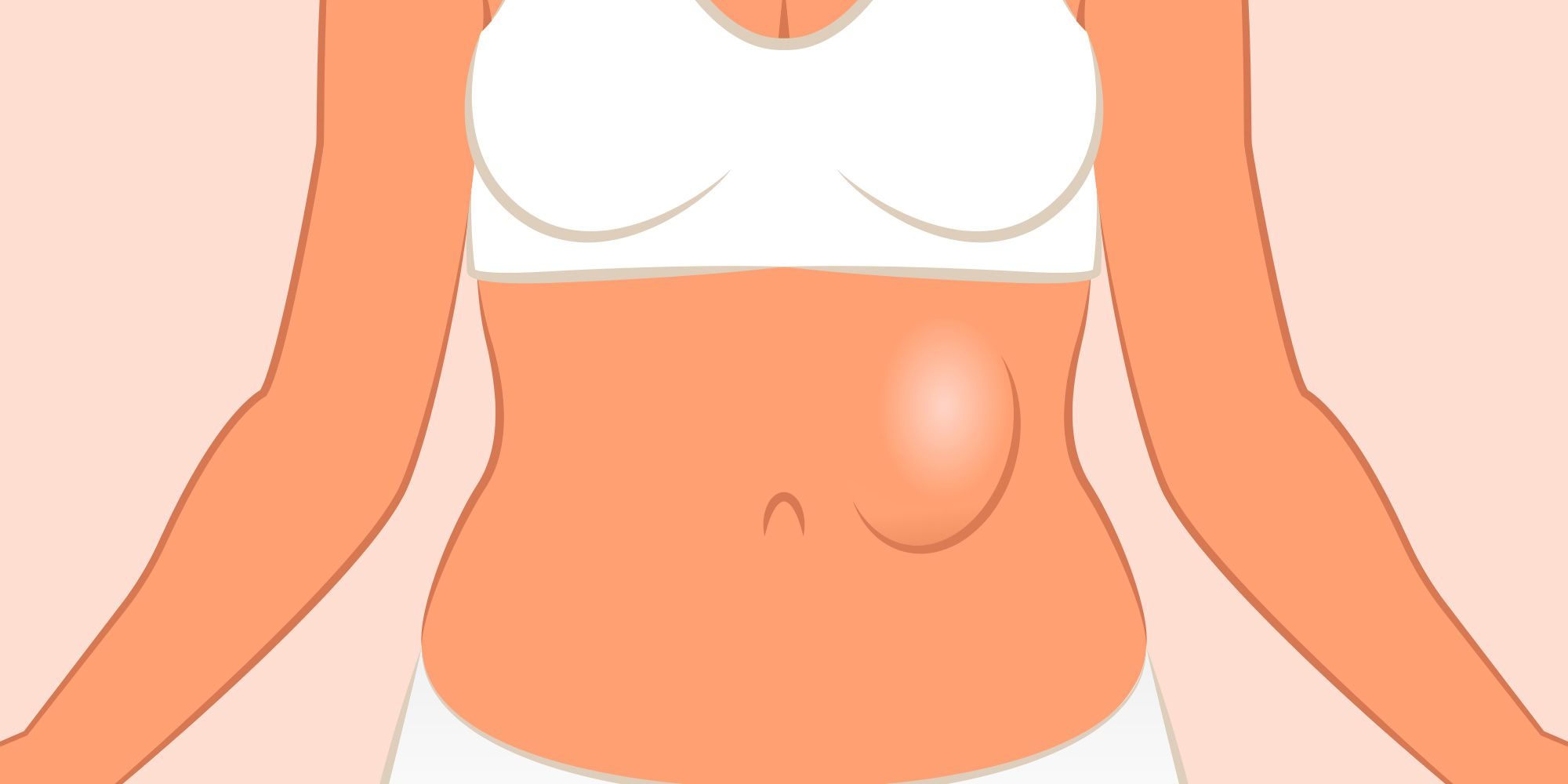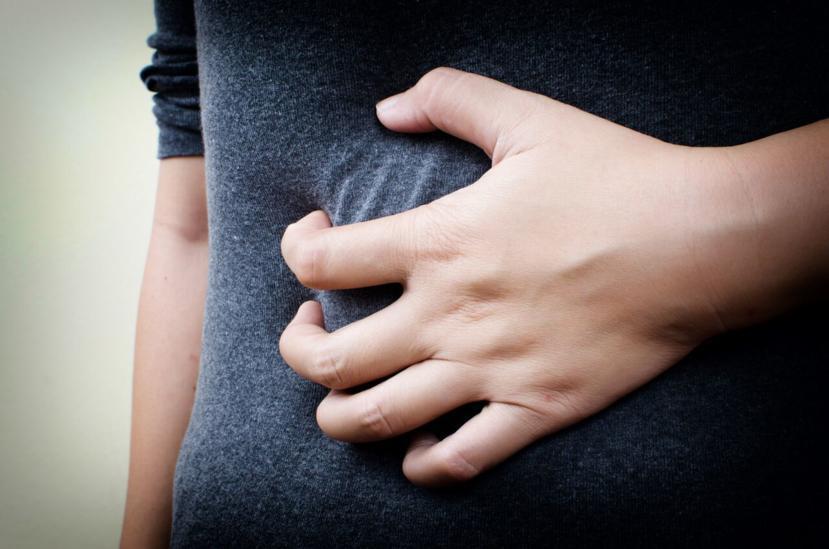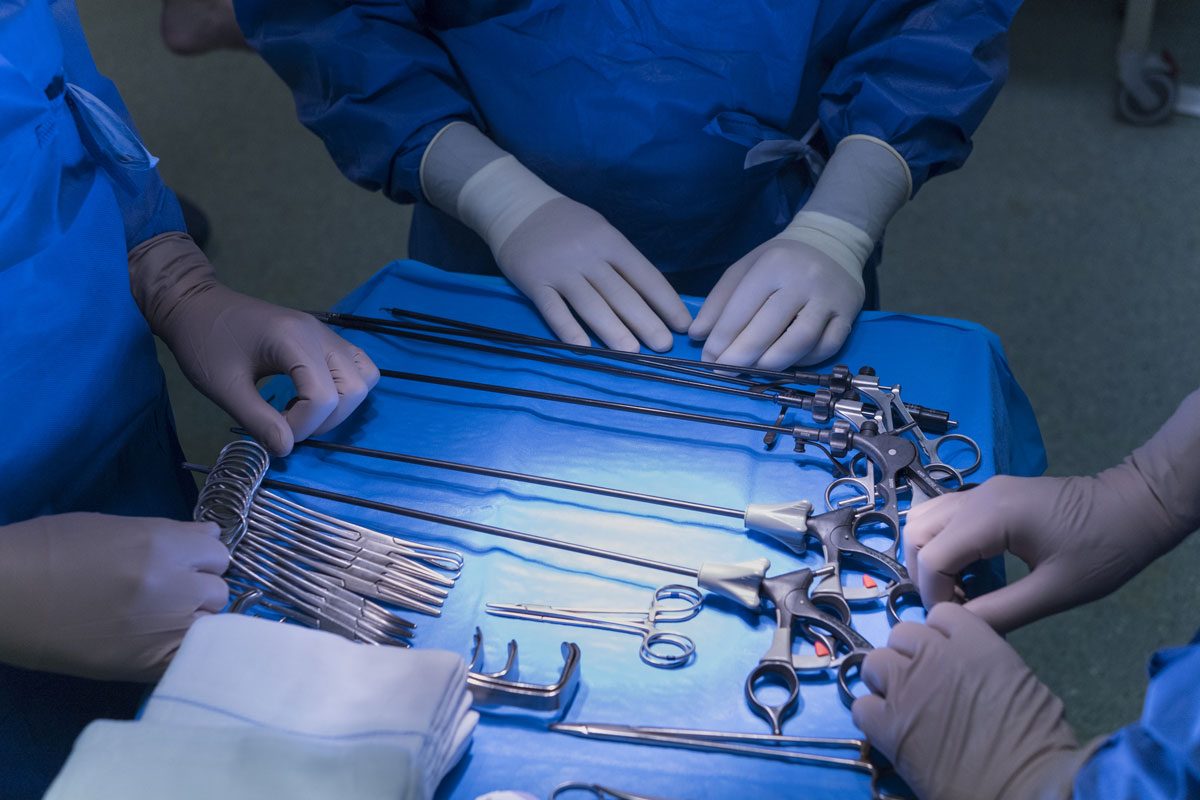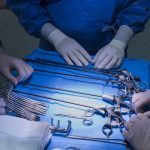Hernias take several different forms. The most common involve the groin or the abdomen. When we talk about “groin” hernias, we may be talking either about inguinal or femoral. The other most common types of hernias include incisional, hiatal, epigastric and umbilical. Most people with a hernia display or feel some symptoms, though it’s possible to have a hernia and be asymptomatic.
Symptoms are essential not just to help diagnose a hernia but also as potential clues as to why or how the hernia developed or came about in the first place. Some symptoms, for example, may include coughing, constipation, heavy lifting, etc.
Perhaps the most telling sign, however, is a swelling or a bulge that seems to be more pronounced when you stand, cough or strain, but less so when you relax or lie down.
When it comes to talking about “causes” of hernias, though, things become somewhat complicated. The fact is that there are few actual direct reasons for hernias. What’s more, what some people call “causes” are, instead, contributing or risk factors. Take the assertion, for instance, that lifting weights can inflict a hernia on some people.
The truth is that by lifting excessively heavy weights, a person can bring about a hernia because of a natural weakness in the abdominal wall that was already in place. Heavy lifting is usually more common than coughing, constipation, or other symptoms. The inguinal region of the abdominal wall is a weak point without much muscle to reinforce it. Straining from lifting over time can cause a defect to occur here, and enlarge it.
Was it the weightlifting, though, that caused the hernia? No, it was probably the fact that the opening that led into the inguinal canal never properly closed up shortly before you were born. Such a defect is very common but, again, the lifting weights part was more of a contributing factor than the actual cause of the inguinal hernia.
In fact, some of the many risk factors include:
- Chronic constipation
- Smoking
- Coughing
- Chronic obstructive pulmonary disease (COPD)
- Pregnancy
- Obesity
- Peritoneal dialysis
- Previous surgery
While for some medical problems “cause” is of paramount importance (as in contagious or infectious diseases), when it comes to hernias, identifying the problem and doing something about it in the early stages is more important. For the most part, hernias are difficult to prevent; but avoiding heavy straining and maintaining a healthy lifestyle can help.

4 CONTRIBUTING FACTORS OR CAUSES OF HERNIAS
- Congenital Defects and Natural Weak Areas
Congenital defects are one of the very few real known causes of a hernia. They involve a fault/defect or a problem that came about through natural (genetic) processes. One good example of this is a congenital diaphragmatic hernia (CDH). These types of hernias come about as a result of an abnormal (i.e., one not present in the diaphragm of most children) hole, opening or weak spot in the diaphragm.
More common are problems such as inguinal and umbilical hernias. These two areas of the abdominal wall are naturally weak sites because they have very little muscle compared to ligamentous connective tissue. These areas tend to weaken and stretch out over time – predisposing to a hernia. Some families are predisposed to such hernias and have more weakness in these areas than usual, and pass this tendency from parent to child.
- Previous Surgery
Another thing that can significantly contribute to the development of a hernia is a structural weakness left behind or created by previous surgery that either didn’t heal properly or which further weakened tissue or muscle that may have already have been compromised (by disease, trauma, etc.). A type of hernia that can perfectly illustrate this “cause” is what we call an “incisional hernia.”
Incisional hernias can, in fact, take place for up to thirty percent of those who’ve had abdominal surgery. These hernias are most likely to occur at the location of the operation, most often through the scar. This is because scar tissue sometimes tends to thin out or weaken, thus making it easy for a bulge (hernia) to form underneath. The bulge, furthermore, is caused by the tissue or organs trying to push their way out of the abdominal canal (or some other area in the body where hernias are likely to take place).
- Excessive Lifting and Straining
First of all, although recreational weightlifting isn’t really a “cause,” it can be a significant contributing or risk factor, especially with inguinal hernias—though another type of hernia may also be affected by this rugged type of activity.
Hernias most often develop because of a weakened area in the abdominal wall; the opening that may be created through the constant pressure on this wall can become a passageway for the fat and intra-abdominal organs to protrude through.
As you might expect, an increase in the amount of pressure within the abdominal cavity can be a great impetus for the development of a hernia. In that regard, weight lifting, like coughing and constipation, can be viewed as a significant risk factor.
- Obesity
The term “overweight” refers to a body weight that is abnormally high or unhealthy for a certain height. Obesity, on the other hand, is something more serious. Body weight can be an indicator of serious medical problems, including heart disease, diabetes, and cancer. It is also a body weight that may contribute to or help induce a hernia.
As the abdomen increases in size and girth, stress on the abdominal wall increases as well. This increased pressure and strain can weaken the abdominal wall, making it more prone to a hernia that may grow larger at a more accelerated pace.
If the pressure is severe enough, it can even lead to parts of the intestine getting caught or trapped where it doesn’t belong. Not only can this be painful, but it can also lead to dangerous complications like tissue incarceration and, worse yet, strangulation. If these things develop, of course you need immediate medical attention.
Obesity can also be a significant contributing factor for the development of multiple hernias within usually-already-weakened muscle walls. Even after surgical repairs have been provided, chances for hernial mishaps are much more likely for people on the hefty side—some of those mishaps include:
- Much higher infection rates and poor wound healing
- Greater chances of the hernia recurring
- Longer stays in the hospitals and operating room
- Increased potential to develop dangerous blood clots
For these and other reasons, you should strive to lose weight and, if you develop a hernia while being overweight or obese, be prepared to face more severe consequences. You may, therefore, have to be more proactive and aggressive concerning adequately addressing your hernia.
















